
Facts about Cancer in Dogs
Did you know that 1 in 4 dogs will be diagnosed with cancer? 50% of those dogs will die from cancer. In humans there are 1.5 million new cases of cancer each year, but in dogs there are 6 million new cases of cancer diagnosed each year. Dog cancer prevention is a key to a long healthy life with your dog.
It is important that you start your fight against canine cancer and any other health issue from the day you bring your dog home. Checking your dog once a month for lumps and bumps or any abnormal behavior is key in the prevention of any health issue with your dog. We recommend doing it on the 14th of every month. Checking your dog will be a great little bonding time with your dog. If you are starting with a young dog, this time will also prepare them for their future vet wellness visits.
Check Your Dog Once A Month on the 14th!
Now how exactly do you do this?
Start at their nose and work all the way to their tail. Make sure you are in a familiar, low key environment where you and your pet can do this without distraction. In other words, not during dinner time or when you expect the mailman to be buzzing by the house. Also, make sure you keep a journal of each of your Check Your Dog days so you will have notes to compare with should something arise.
Supplies Needed:
- Treats
- Tooth Brush and dog toothpaste
- Brush

EARLY DETECTION is a KEY FACTOR in FIGHTING CANINE CANCER. With regular monthly checks, you could be a step ahead in the fight against canine cancer if anything abnormal is found. You are your dog’s best advocate.
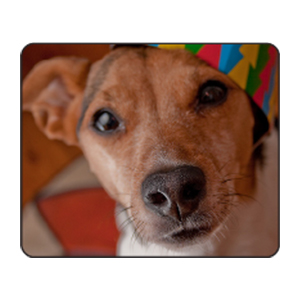
Nose/Muzzle:
Check the nose for lesions debris or excessive drainage and take note of whether it is wet or dry. (Your dog’s nose will not always be wet, it will typically vary from moist to dry throughout the day.) Check for symmetry of the nose and note any differences from one side to the other.

Eyes:
Take a look to see whether there is abnormal eye discharge (each dog has different eye weeping. Pay attention to what is normal for your dog and make note when it increases or decreases.) Check the symmetry between both eyes – consider shape, color, discharge, and active movement. Observe all parts of the eye including the whites of their eyes. Note any change in the color including increased redness or graying.

Mouth:
Check inside the pet’s mouth for lesions, swelling, and bad breath. Their gums should be pink, their teeth free of tartar and plaque. Check the tongue and underneath it. Pay special attention to the gums and the roof of the mouth for symmetry or any obvious masses. Pay attention to the normal ridges and ensure that there is no difference from one side to the other.

Jawline:
Checking the outside of the mouth, the jawline should maintain a consistent texture along the entire length fo the jaw with no sensitivity to touch and is the same on both sides of the mouth.
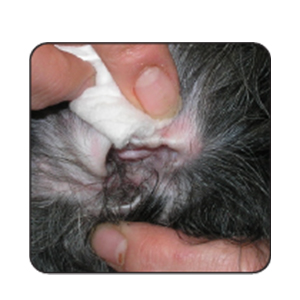
Ears:
Check the ears for any abnormal swellings, debris or foul odor.

Skin:
Brush back the hair with your hands and look at the skin and coat. Check for excessive flakiness, lumps and bumps. Pay special attention to either side of the spinal cord. Make note of the normal skin color. Note any changes in the skin color including darker or red spots. While you are here, take a moment to brush out your dog’s hair.

Torso:
Evaluate muscle tone and weight. Note any changes. If your animal is overweight, work to address the issue. Carrying excessive weight can be very harmful to their overall health.

Legs:
Check for heat, bumps and swelling and test the range of motion of the joints. All joints should move freely with no discomfort to the pet.

Feet:
Look at the claws and the pads of their feet. There should be no debris between their toes and should be fairly symmetrical to the alternate side. Examine the nail bed for any abnormal masses or discoloration. Note excessive heat in the paws. Take note to determine what is normal for your pet.

Underbelly:
Gently palpate the belly to look for lumps and notice if your pet seems to experience discomfort or pain. Note any bumps, lumps and sensitive areas over the skin. Examine your pet regularly to determine what is normal so you can determine when there are changes.

Anus:
Also examine your dog’s anus for cleanliness, uniformity and a consistent color.
Make Notes In Your Journal:
Always make notes in your journal, anything from trips to new parks, dog play dates, and allergy issues to hotspots as well as anything listed above. Not only will it help your vet with any issue you go to the vet with, it will also be a key in dog cancer prevention.
What If I Found Something:
If a lump on your dog is 1 cm or larger and has been there for one month or if it has changed shape, you should see your vet.
If you detect any of the early warning signs of dog cancer, then you should visit your vet.
It is always good to know where your dog’s lymph nodes are and how to check them. Here is a resource to help you learn: Where are the Lymph Nodes in Dogs and How Do You Check Them?
Special Thank you to Chase Away K9 Cancer, an NCCF donor advised fund, for putting together this important information with OSU College of Veterinary Medicine. Download this information in the form of a flyer or scroll down to get Check Your Dog cards to share with your dog friends.
#checkyourdog Day
Here you will find some graphics that you can download and share on social media or even on your website. Please be sure to tag #wearethecure and #checkyourdogday #cydd. Or if you use it on a website, please link back to this page.
Spread Awareness that Cancer is an issue in dogs:
Do you want to do something about cancer in dogs? Tell your story, educate your friends or dog clients that cancer is an issue in dogs. Dog cancer prevention is a key to your dog’s long life. Checking your dog once a month is an important step for the prevention of dog cancer and many other health issues. Order our Check Your Dog Cards to give to your friends and family. These cards could save a dog’s life!
Practical prevention tips for dog owners:
Please download this graphic and pass it along to all your dog friends!
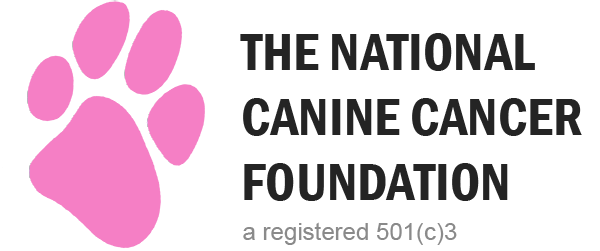
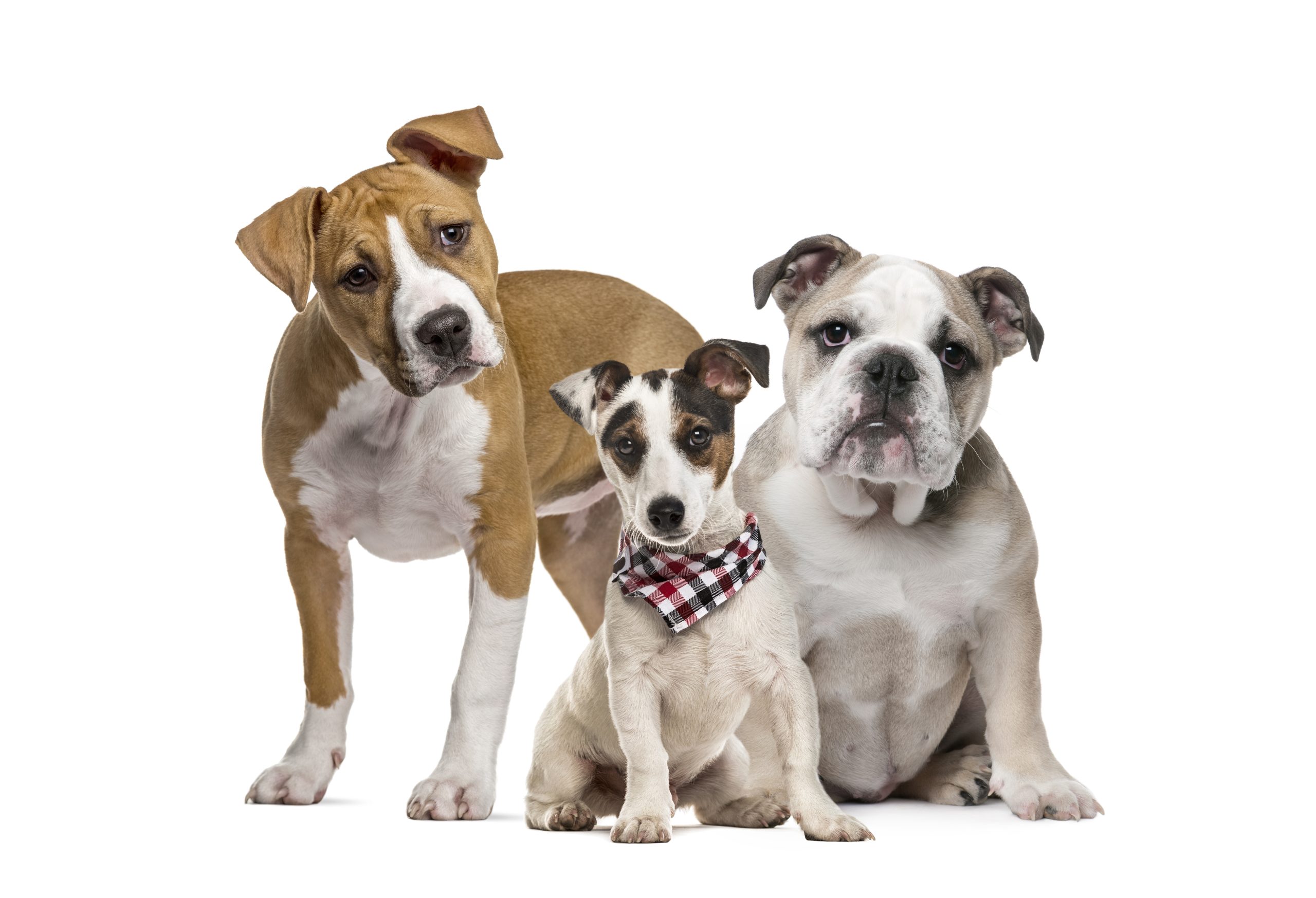


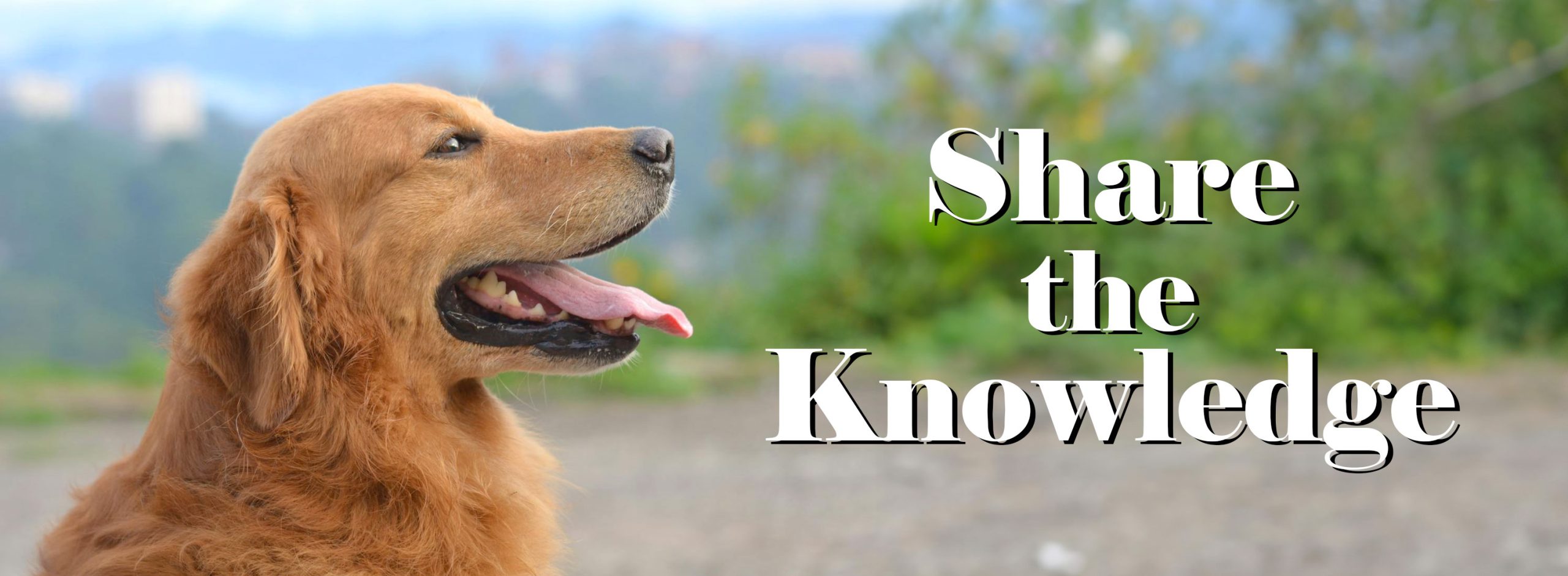

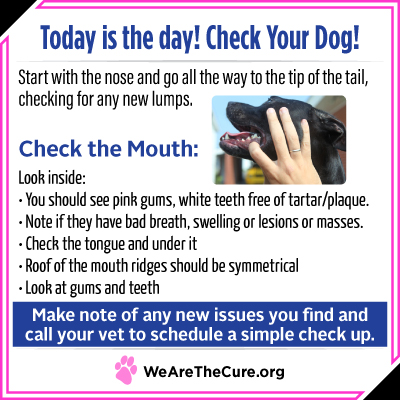

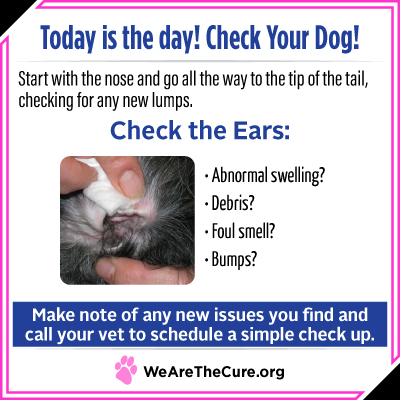














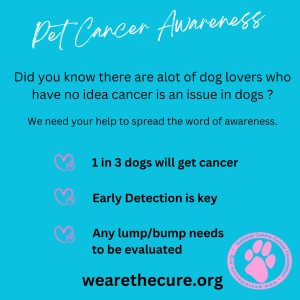

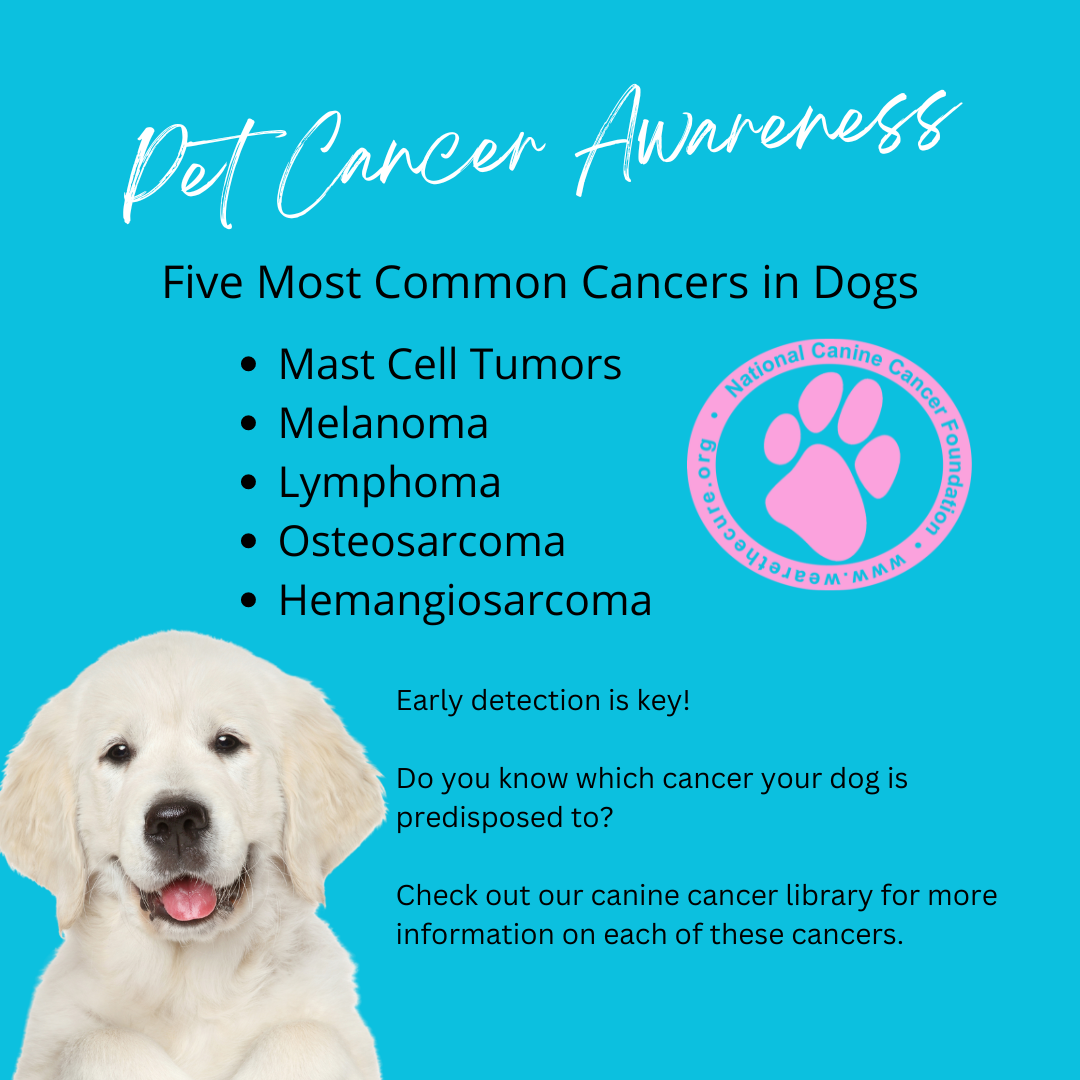
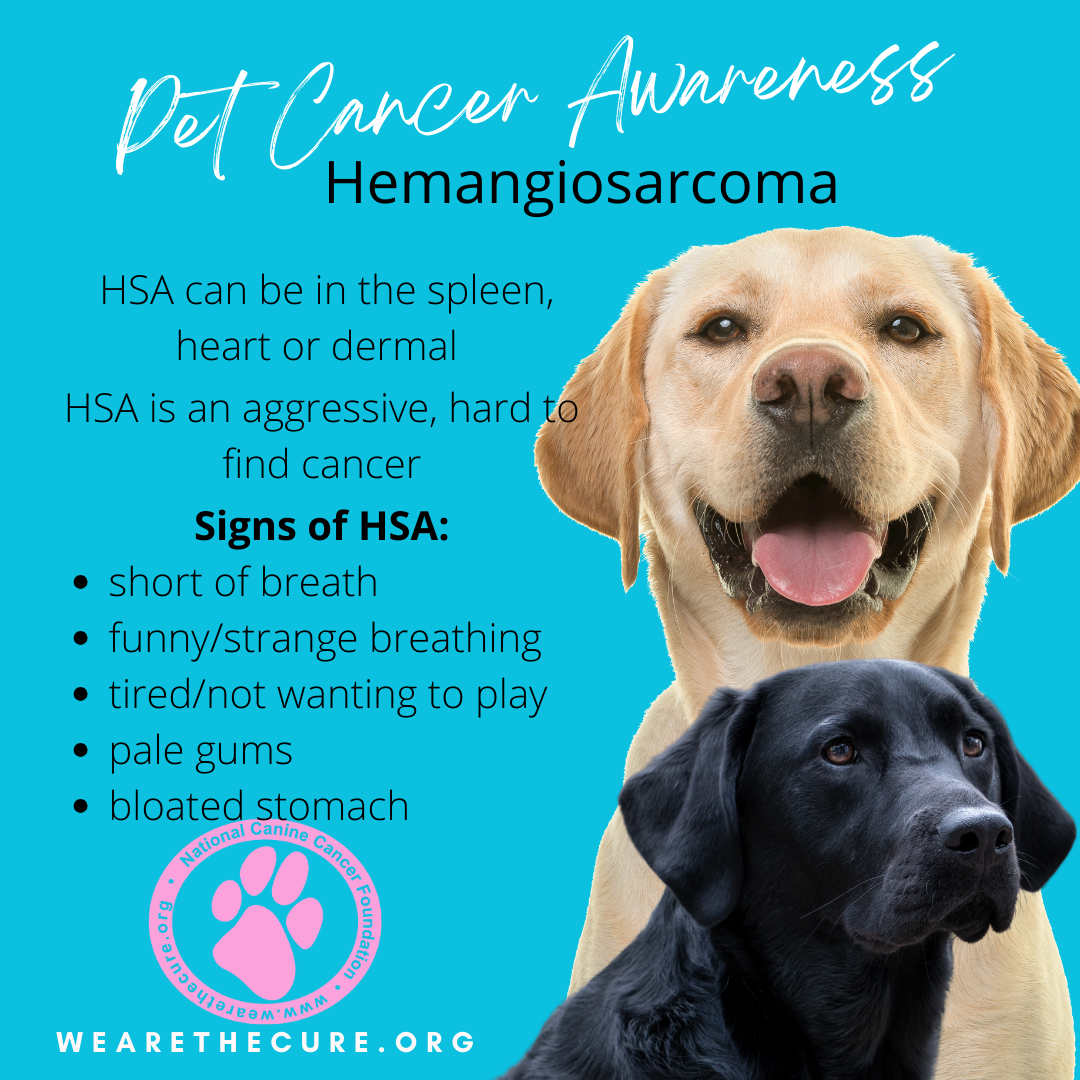
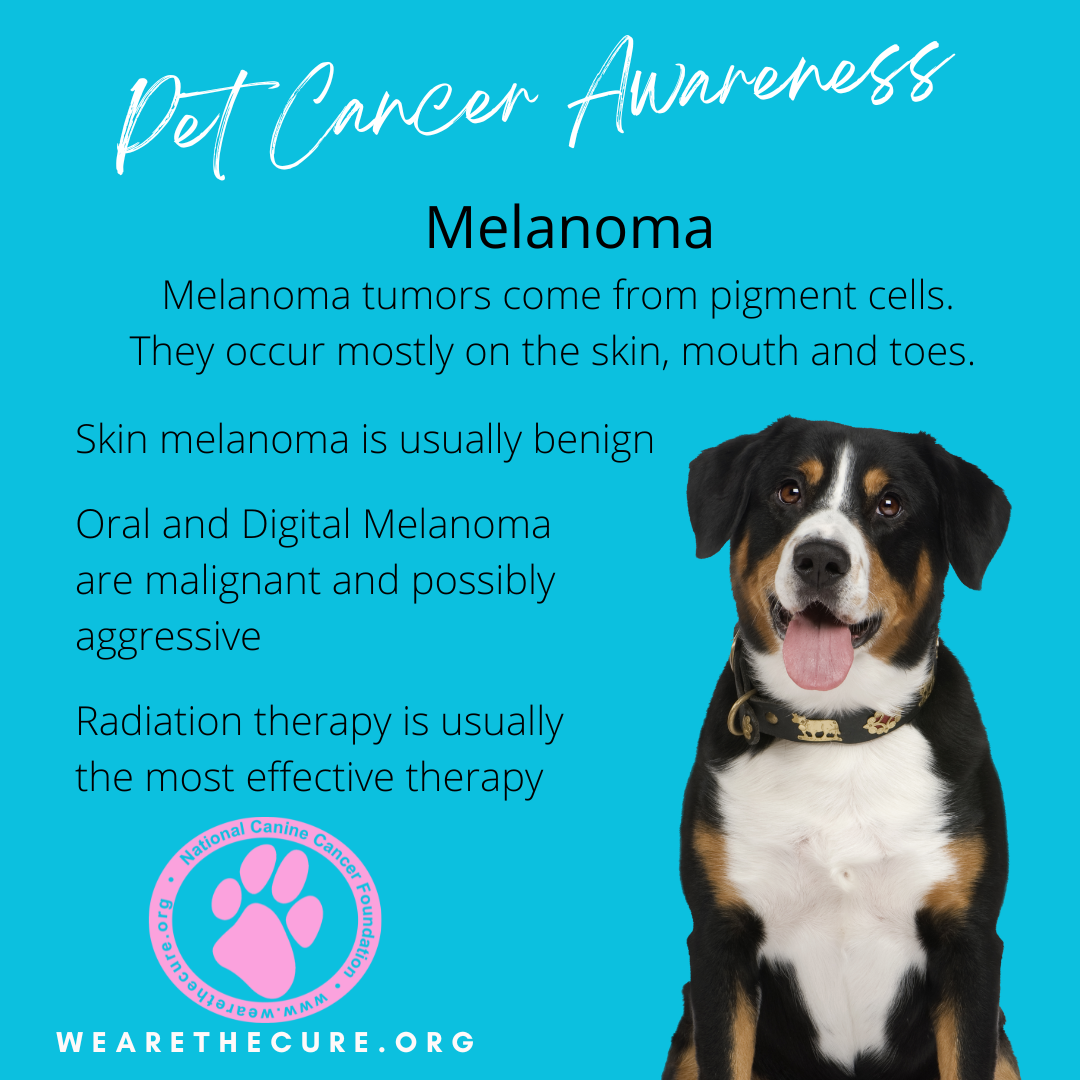
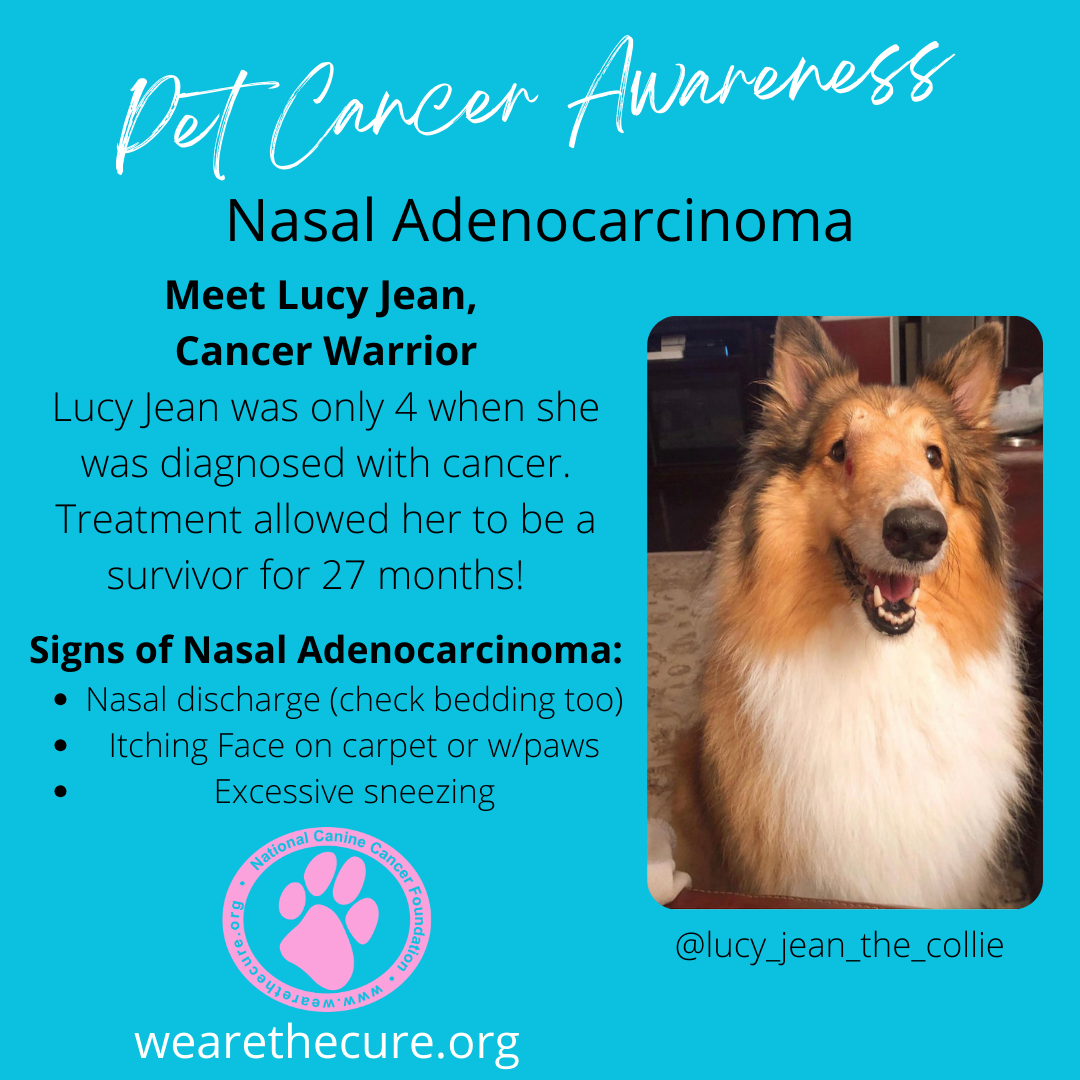

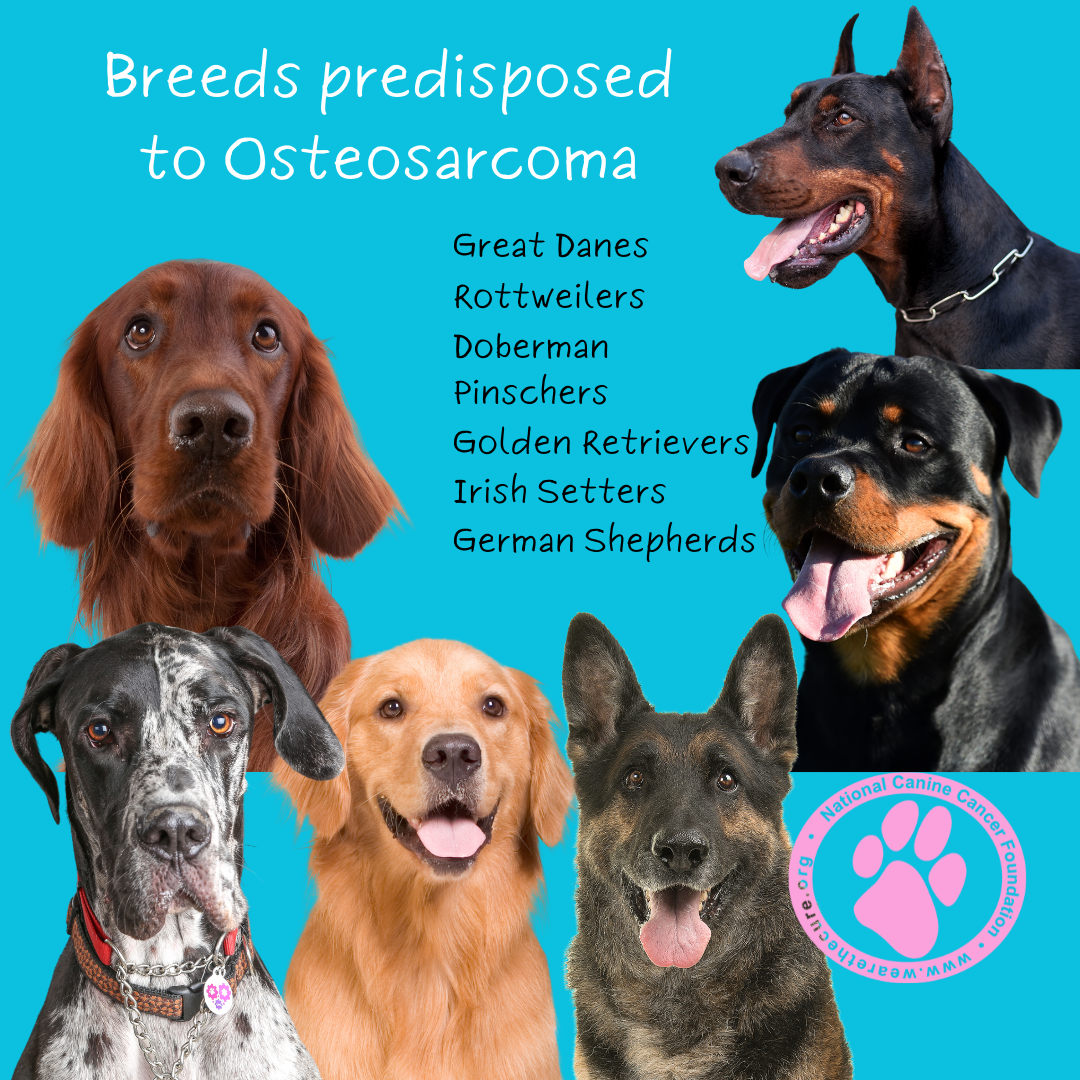
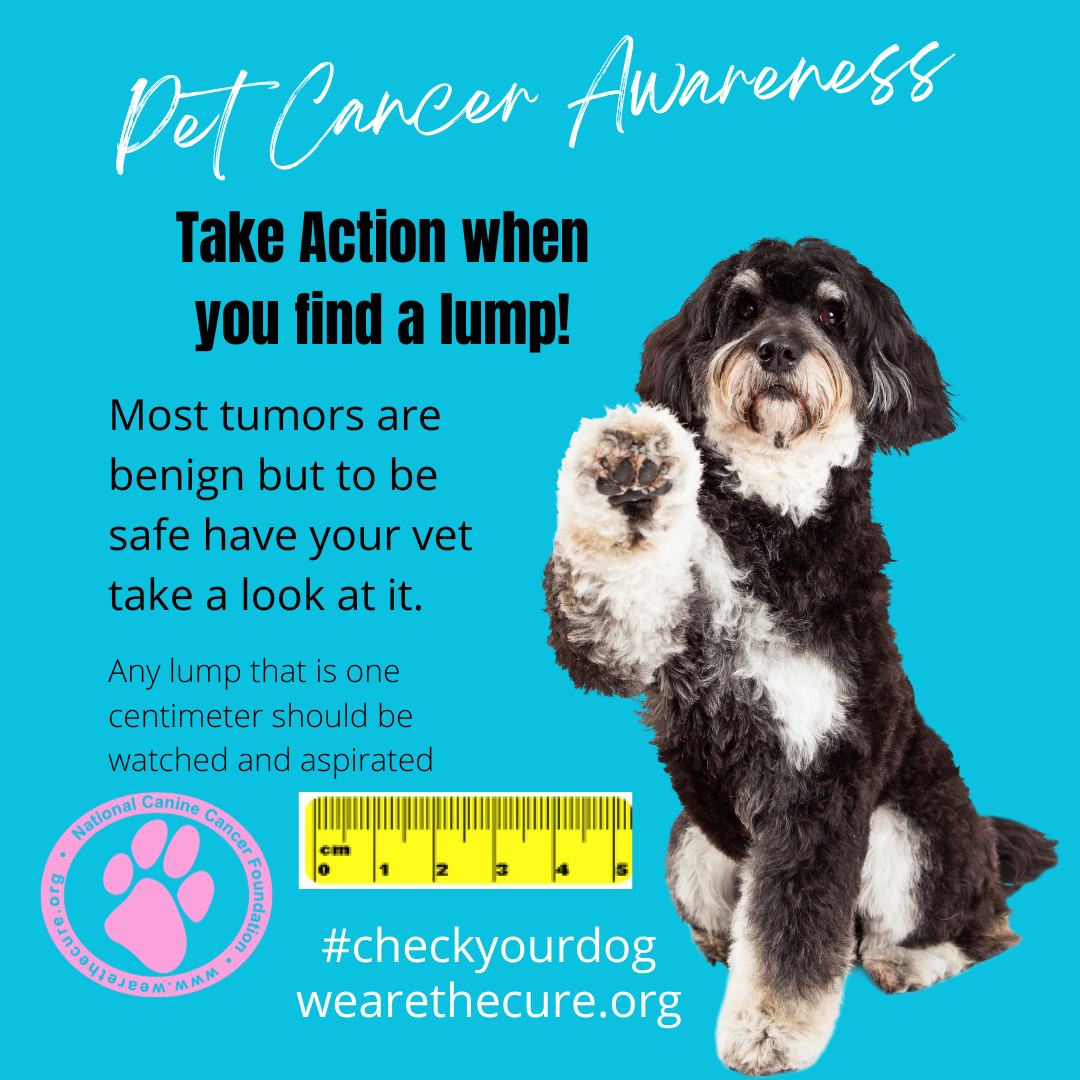
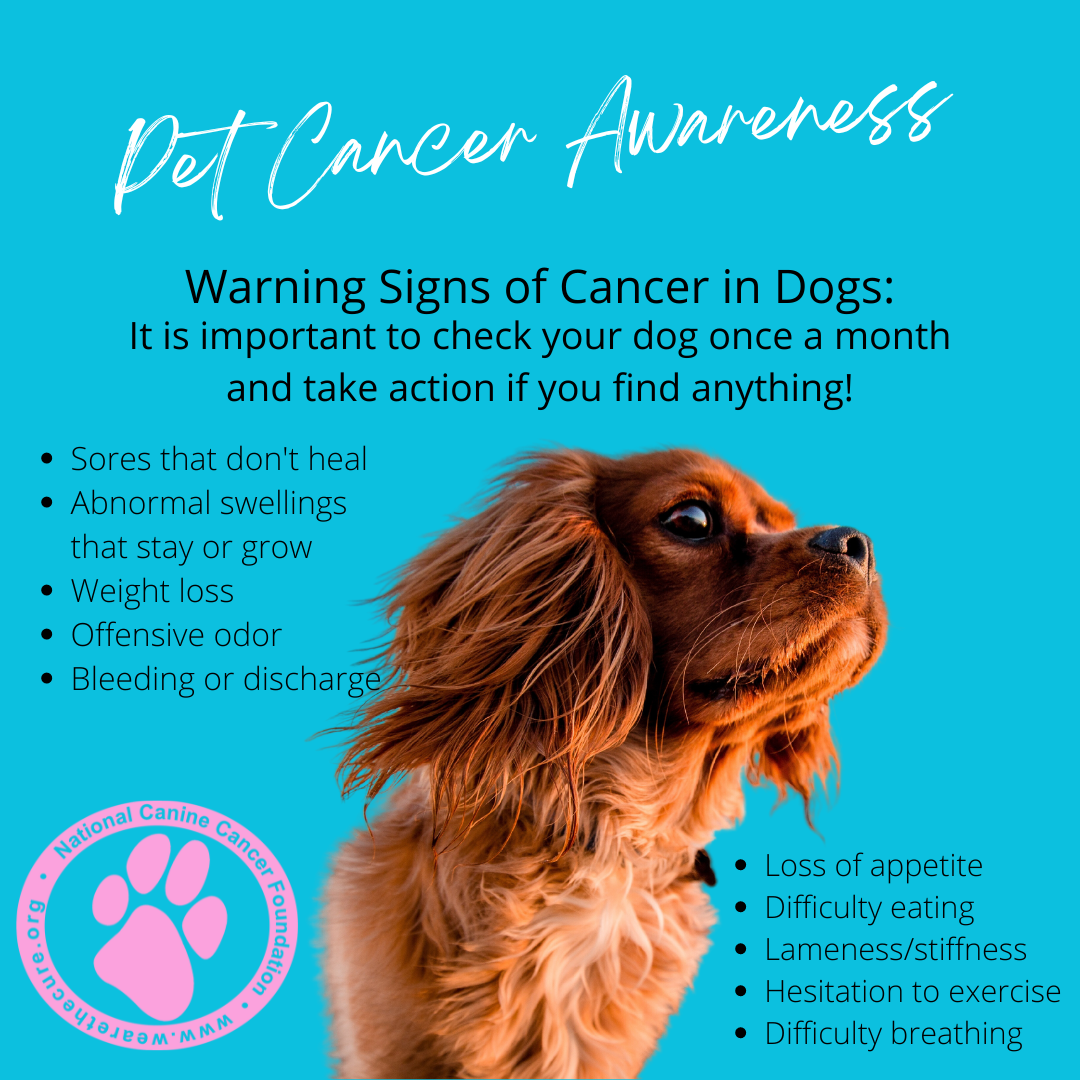
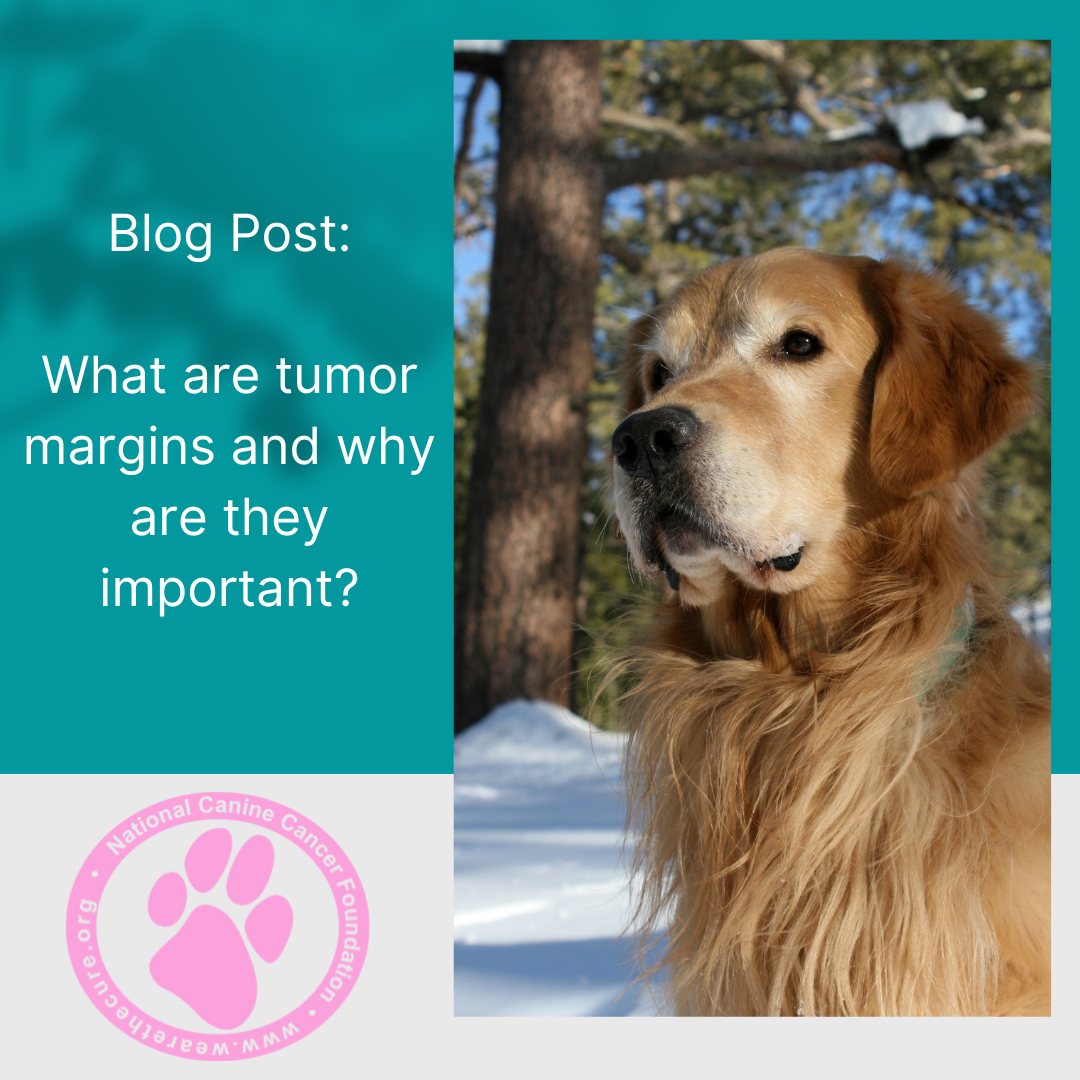

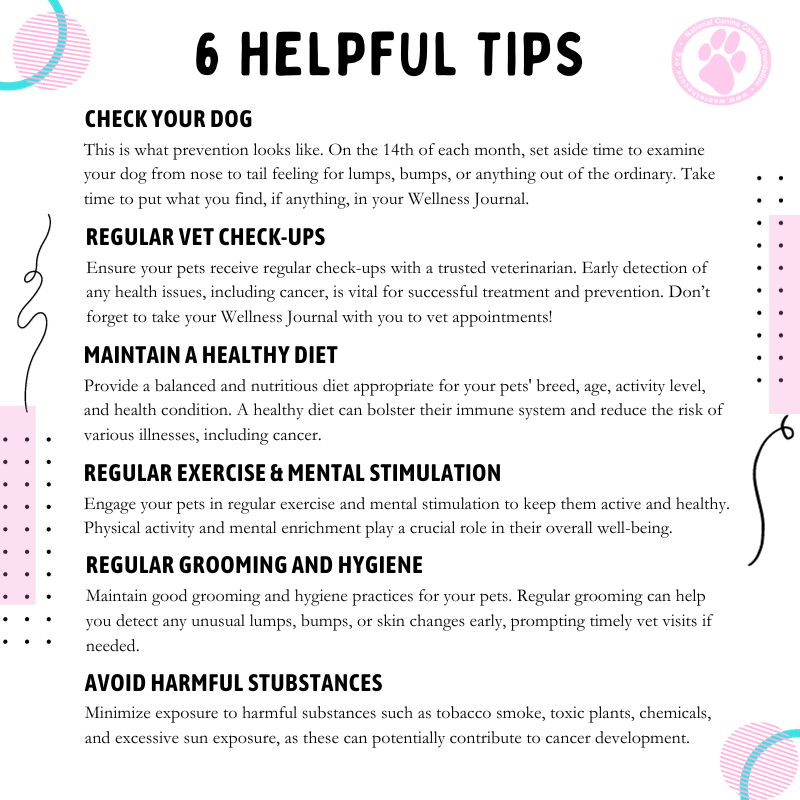
Pet Cancer Awareness Month:
The month of May is Pet Cancer Awareness month. Help us spread the word that cancer is an issue and give people a resource if they need it. Please use these graphics or create your own based on them. Remember to tag us! #togetherwearethecure #wearethecure